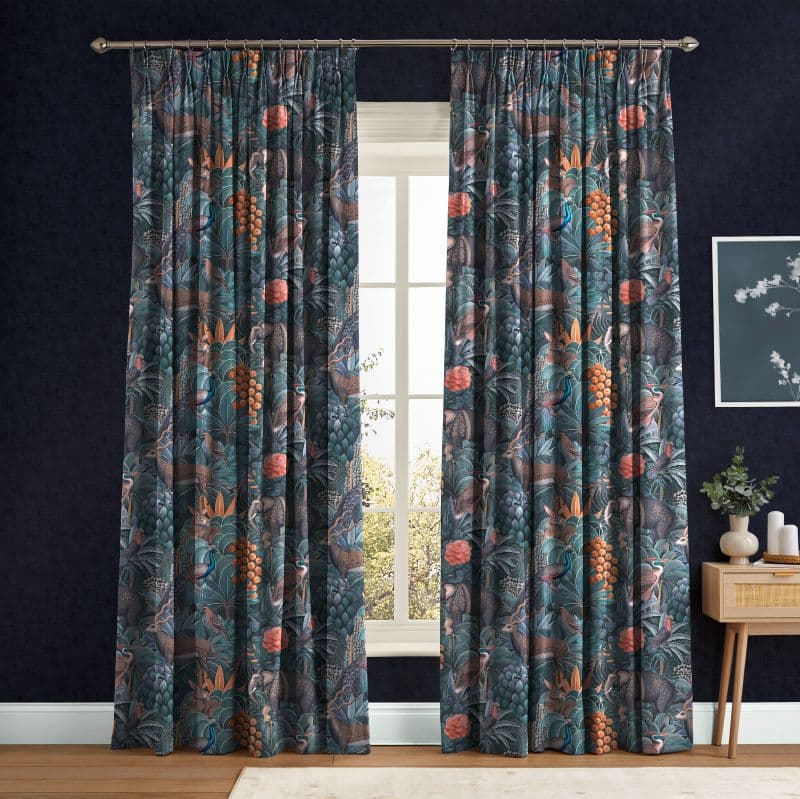
Step into the new season with the best dressed windows. With hundreds of designs to choose from! Our Curtains & Blinds are made to measure for your home.
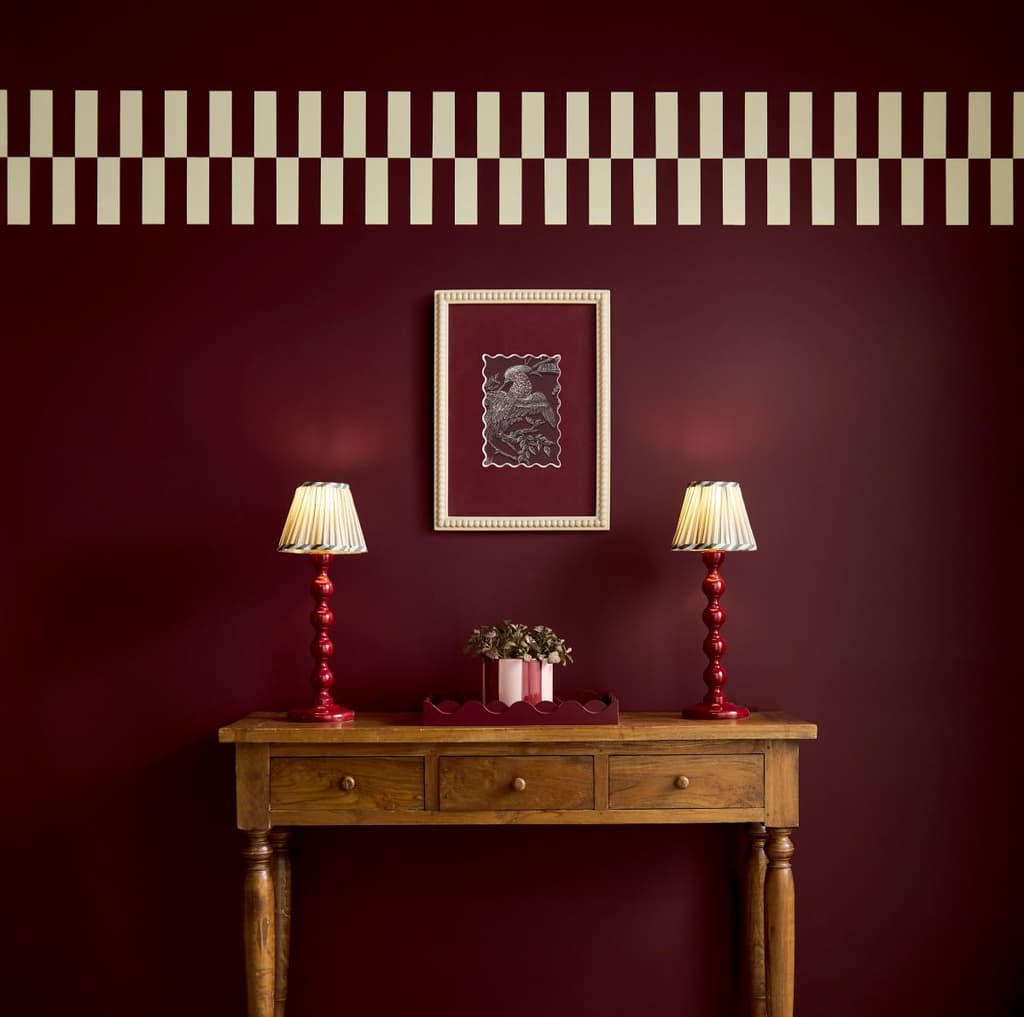
Who’s the mattest of them all? Our Resistance paint is ultra matt with a market leading sheen of just 1%, along with being scrub-resistant, it's the perfect partner for busy homes.
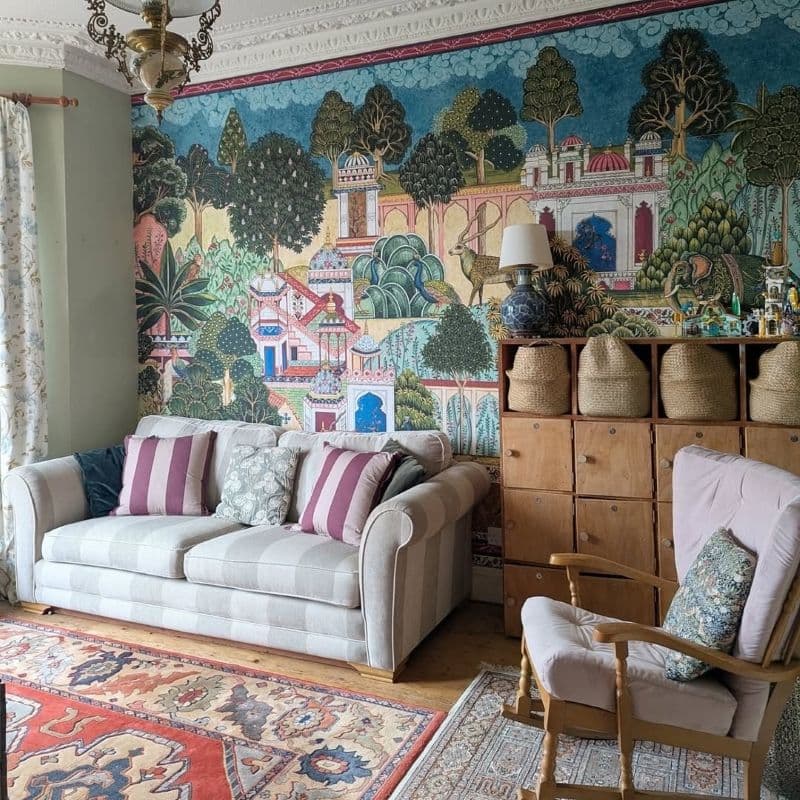
Shop our favourite Instagram looks and share your style to become part of the Graham & Brown community! #grahamandbrown

Graham & Brown have collaborated with The Sensory Home® to offer a paint collection designed with intention, emotion, and well-being at its core.
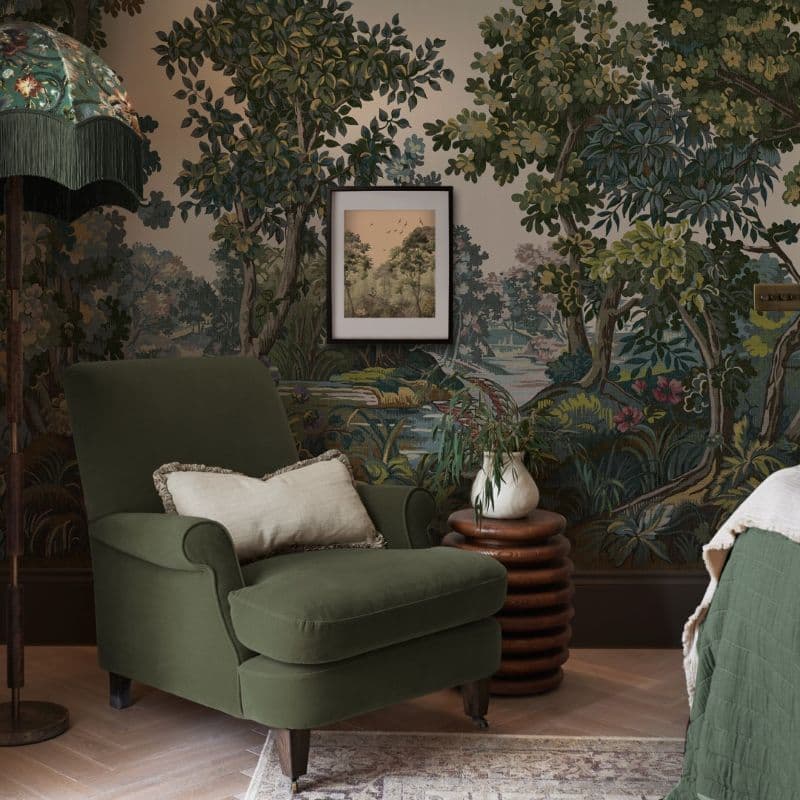
With over 120 designs, our wall art collection provides the finishing touch to your room makeover. Available as a print or in a framed finish.
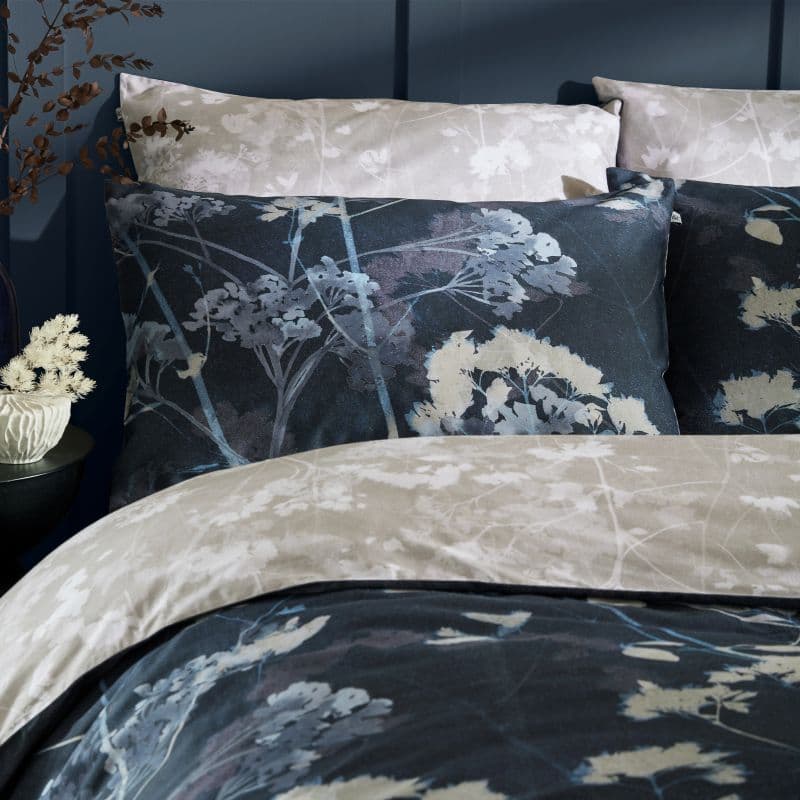
Welcome the beauty of nature into your home with our stunning bedding, crafted in a 300 thread count, 100% BCI‑sourced cotton sateen for effortless luxury.
